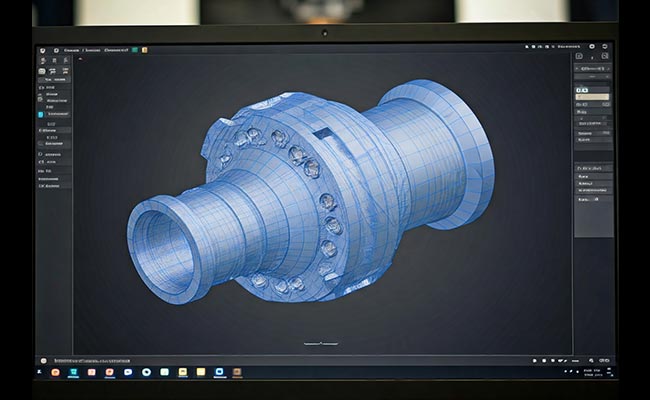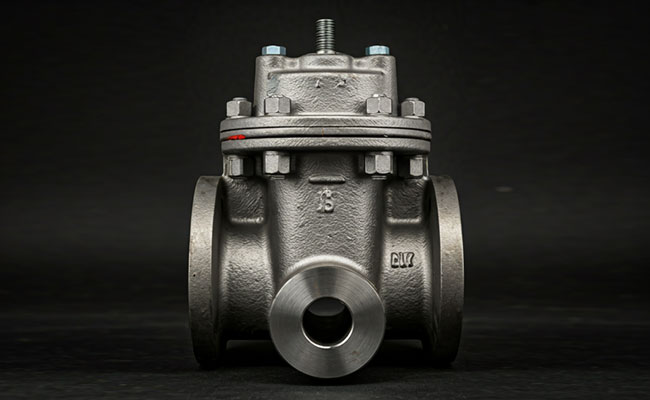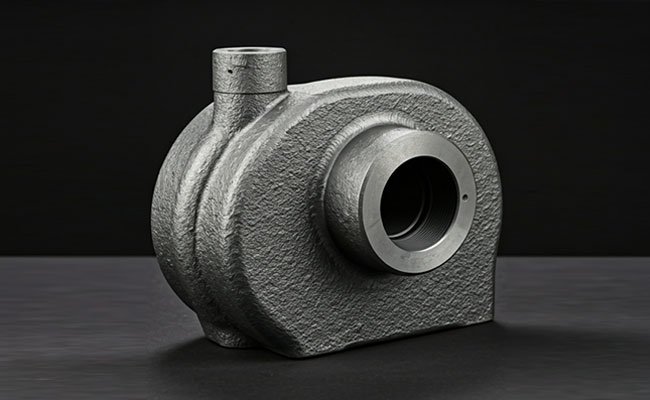
Trend in Casting
2025-03-03
How the prototype is made in casting
2025-03-17A casting pattern is a crucial component in the casting process. It’s essentially a replica of the final desired part, used to create the mold cavity that will hold the molten metal.
Key Considerations in Pattern Design:
Shape and Size: The pattern must accurately reflect the final dimensions of the casting, accounting for shrinkage that occurs during the cooling process.
Draft: A slight taper (draft) is incorporated into the pattern’s vertical surfaces to facilitate easy removal from the sand mold.
Parting Line: The parting line is the plane where the mold is divided into two halves (cope and drag). Careful consideration of the parting line is crucial for ease of mold assembly and removal of the pattern.
Gating and Risering: Provisions for gating (where molten metal enters the mold) and risering (reservoirs to compensate for shrinkage) must be incorporated into the pattern design.
Machining Allowances: If further machining is required on the casting, the pattern must include extra material to accommodate this.
Material Selection: Pattern materials vary depending on the casting process and production volume. Common materials include wood, metal, and plastics.
Pattern Making Techniques:
Hand Carving: Traditional method for creating intricate patterns, often used for smaller production runs.
Machining: CNC machining allows for high precision and complex shapes, especially for larger or more intricate patterns.
3D Printing: Offers flexibility and speed in creating patterns, particularly for complex geometries.
Importance of Accurate Patterns:
Dimensional Accuracy: A well-designed pattern is critical for producing castings with the correct dimensions and tolerances.
Reduced Defects: Accurate patterns minimize the risk of casting defects such as misruns, cold shuts, and porosity.
Improved Productivity: Efficient pattern design and manufacturing contribute to smoother and more efficient casting processes.




